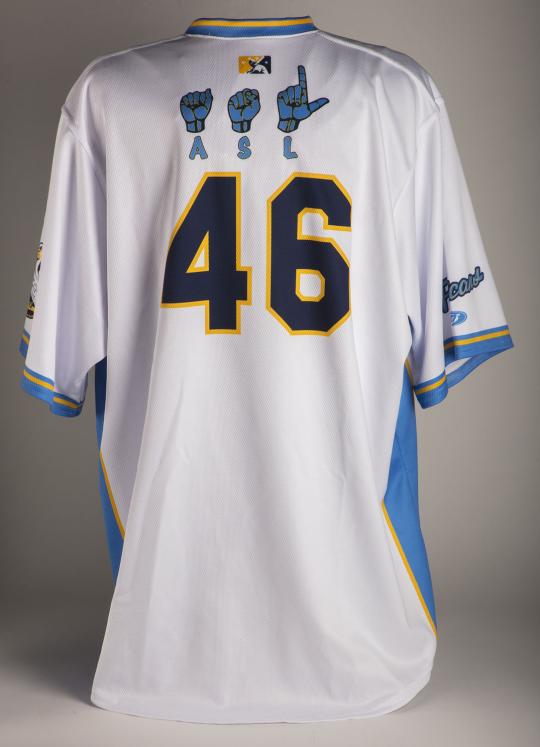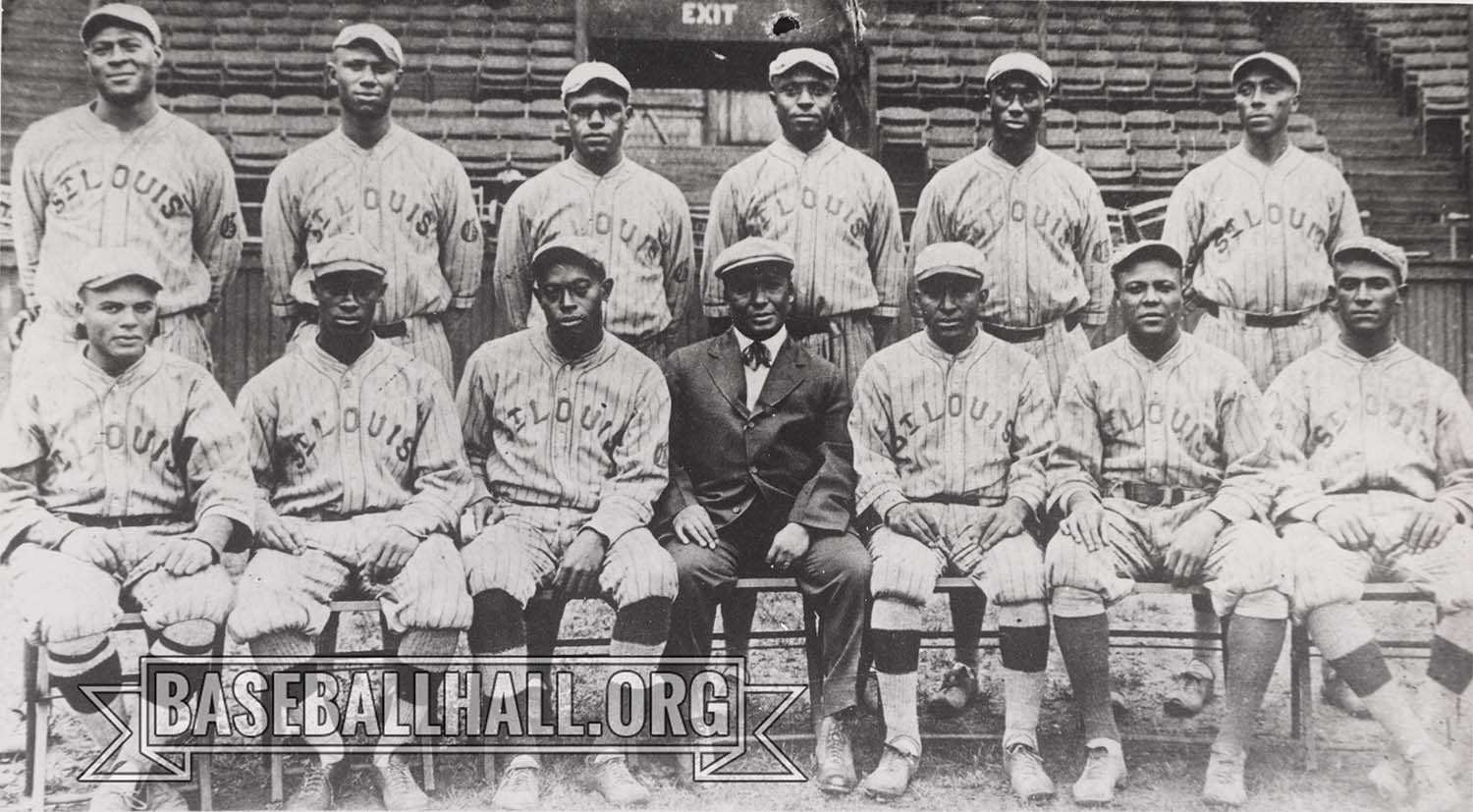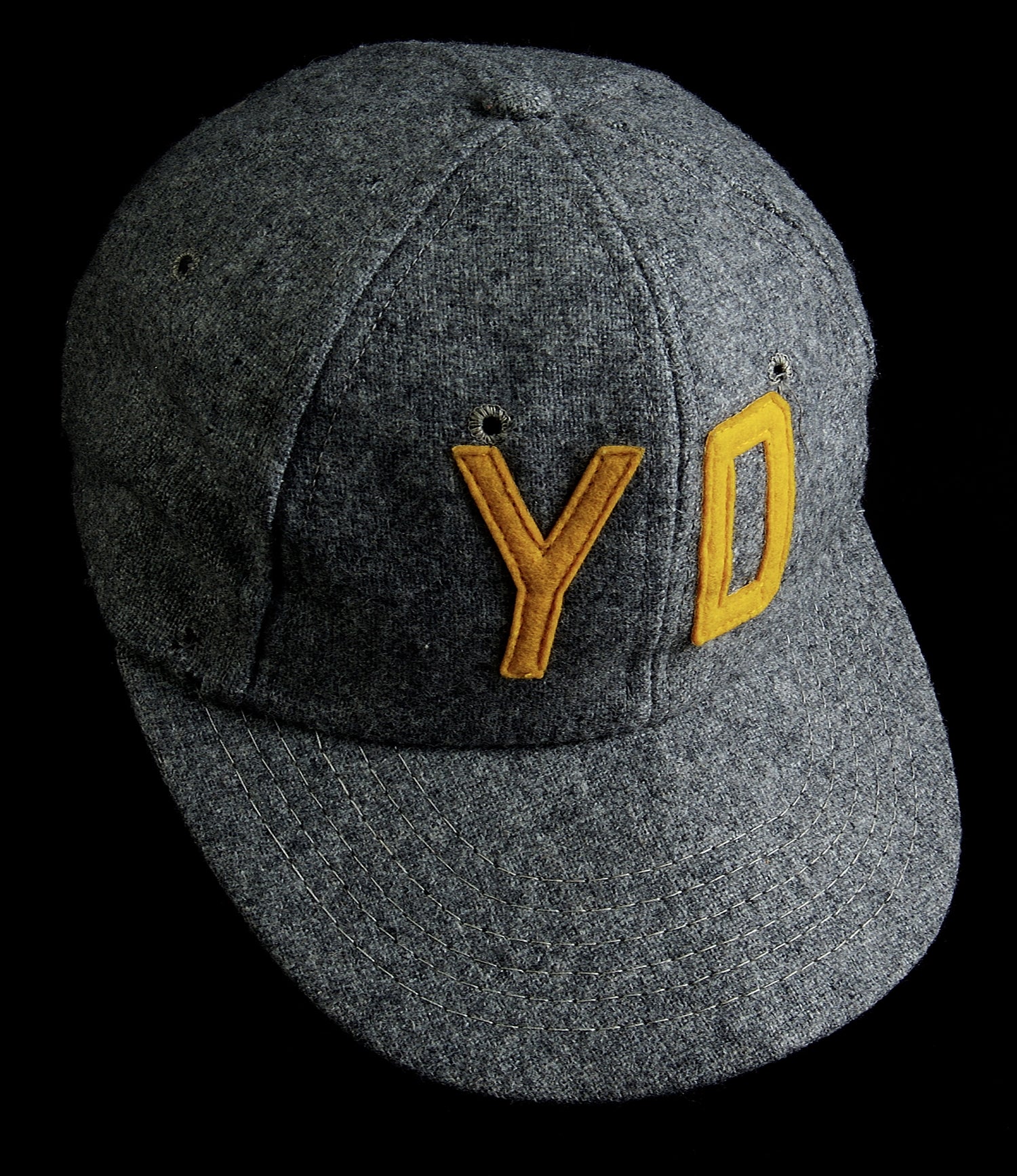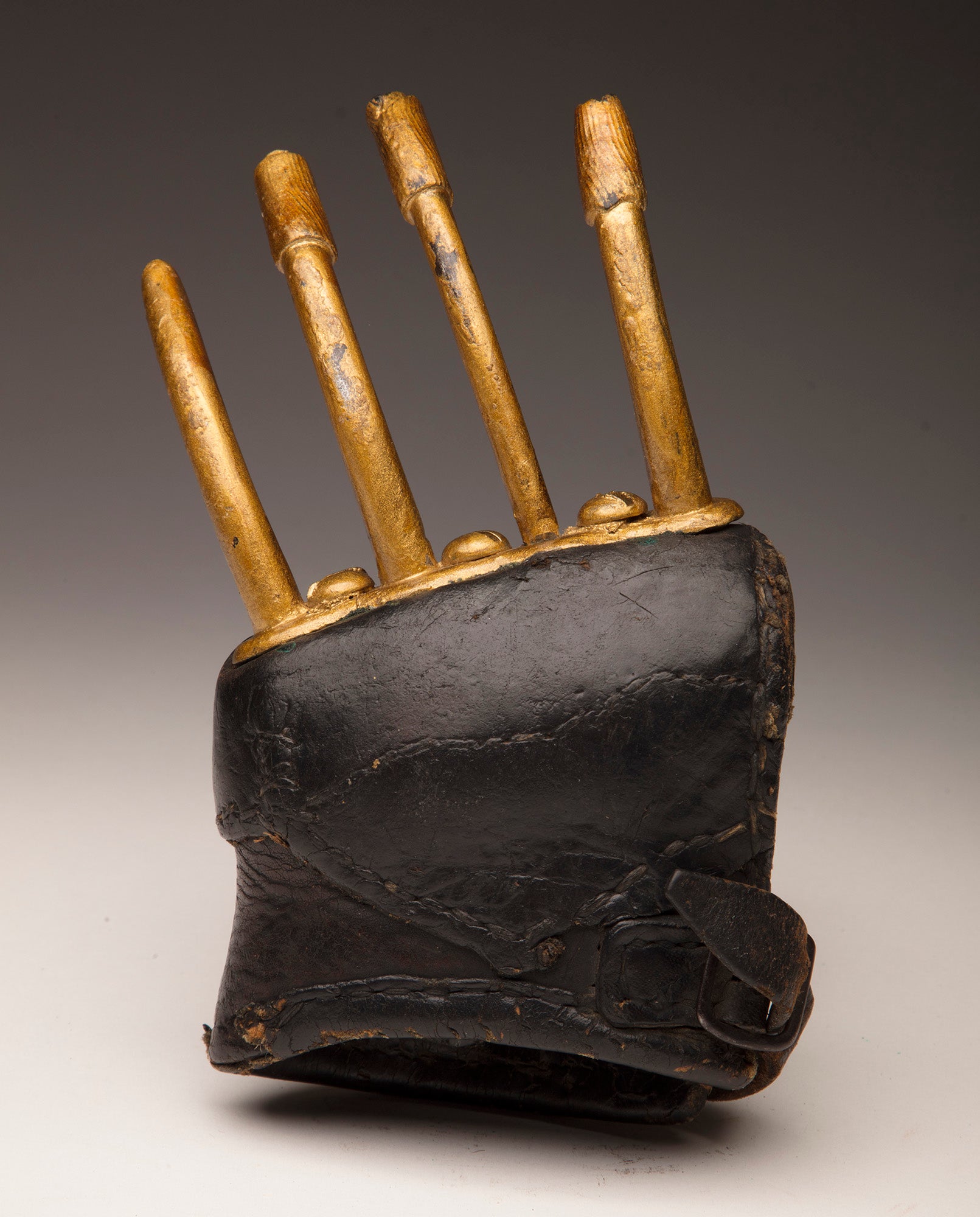- Home
- Our Stories
- #Shortstops: Sign of the Times
#Shortstops: Sign of the Times
Curtis Pride enjoyed an 11-year career in the big leagues, parlaying good speed and versatility into opportunities with six teams.
Pride, however, was most well known for being a deaf ballplayer. Pride lost his ability to hear at birth due to rubella.
While Pride was certainly not the first deaf ballplayer, he is the most recent seen in the big leagues. And he was honored by the Myrtle Beach Pelicans on Aug. 19, 2018.
At first it may seem odd for the Pelicans (affiliate of the Chicago Cubs) to honor a man who never played for the Pelicans, the Cubs, or even played before a home crowd in Myrtle Beach.
In fact, it appears the only times Pride played professionally in Myrtle Beach were during the 1990 South Atlantic League (SAL) season.
Pride visited Myrtle Beach frequently that season as the Myrtle Beach Blue Jays finished in second in the SAL’s Southern Division to Pride’s Columbia Mets.
Hall of Fame Membership
There is no simpler, and more essential, way to demonstrate your support than to sign on as a Museum Member.
But the 2018 Myrtle Beach Pelicans invited Pride to Pelican’s Ballpark to celebrate the team’s Deaf Awareness Night. That evening, the Pelicans donned a special awareness jersey for the game. This blue jersey and matching cap feature what appears to be the Gallaudet font. This font uses images of hands positioned to represent how a hand would look forming the letters in American Sign Language (ASL). Using the ASL characters, the Pelicans jerseys read “Pelicans” across the front and had player names on the back.
Interestingly, as the ASL based font used on the Deaf Awareness uniforms is named Gallaudet, so too is the university at which Curtis Pride is currently the head baseball coach. Gallaudet University is a private institution that focuses on educating those who are deaf or hard of hearing.
While the Deaf Awareness jersey and matching cap used for the game may have been a first, the use of awareness jerseys is widespread throughout Minor League Baseball.
If one visits the website for OT Sports – the official on-field supplier of Minor League Baseball – the visitor can see seemingly countless examples of awareness uniforms ranging from autism and breast cancer awareness to uniforms supporting the Special Olympics.
Any fan that regularly attends MiLB games is likely accustomed to theme night uniforms – especially those with causes.
Often these items are auctioned, raffled or sold after the game, and the proceeds from the sale of the uniforms benefits a foundation or not-for-profit.
This is true of the Pelican’s uniforms.
Erik Strohl, the Museum's vice president of exhibitions and collections, accepts a Myrtle Beach Pelicans jersey featuring American Sign Language characters from Ryan Cannella, the corporate marketing managers of the Pelicans (center), and Ryan Moore, the Pelicans' general manager, on Oct. 5 in Cooperstown . (Milo Stewart Jr./National Baseball Hall of Fame and Museum)
Excluding the jersey donated to the National Baseball Hall of Fame and Museum following the game, the Deaf Awareness uniforms were auctioned off after the game with the proceeds benefiting the greater Myrtle Beach deaf community.
The Pelicans also donated a non-game worn jersey to the Museum's Education Department, along with other materials from Deaf Awareness Night, that will allow the Museum to help teach lessons of diversity and inclusion through the Hall of Fame's educational outreach.
The game-worn jersey is now on display in the Museum's Today's Game exhibit.
"It's very important for us to talk about these types of stories here at the Hall of Fame," said Erik Strohl, the Museum's vice president of exhibitions and collections. "Baseball is so powerful at bringing people together and connecting people. So it's got a special ability to really bring people's attention to worthy causes and talk about stories of inclusion."
Nathan Tweedie is the manager of on-site learning at the National Baseball Hall of Fame and Museum







